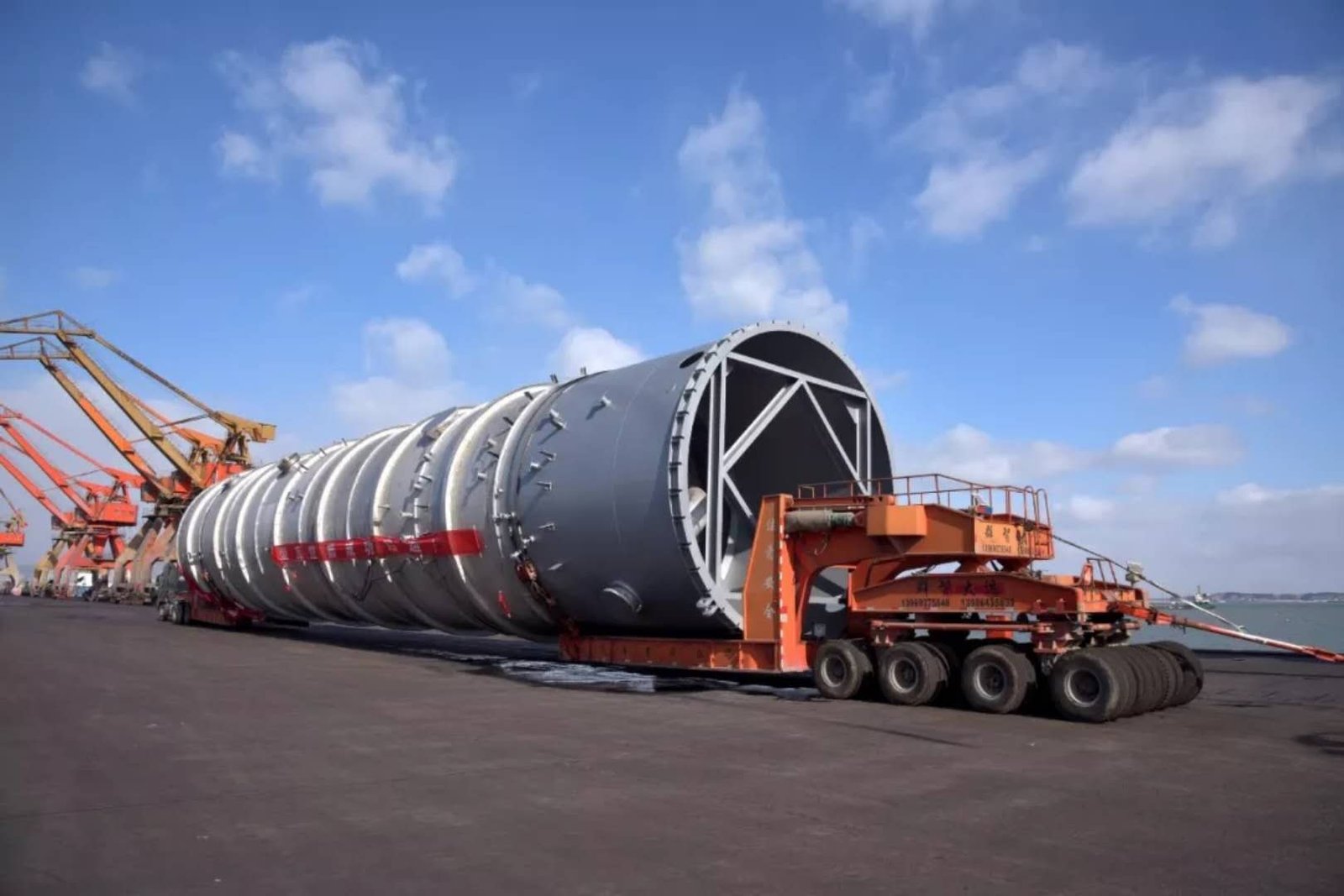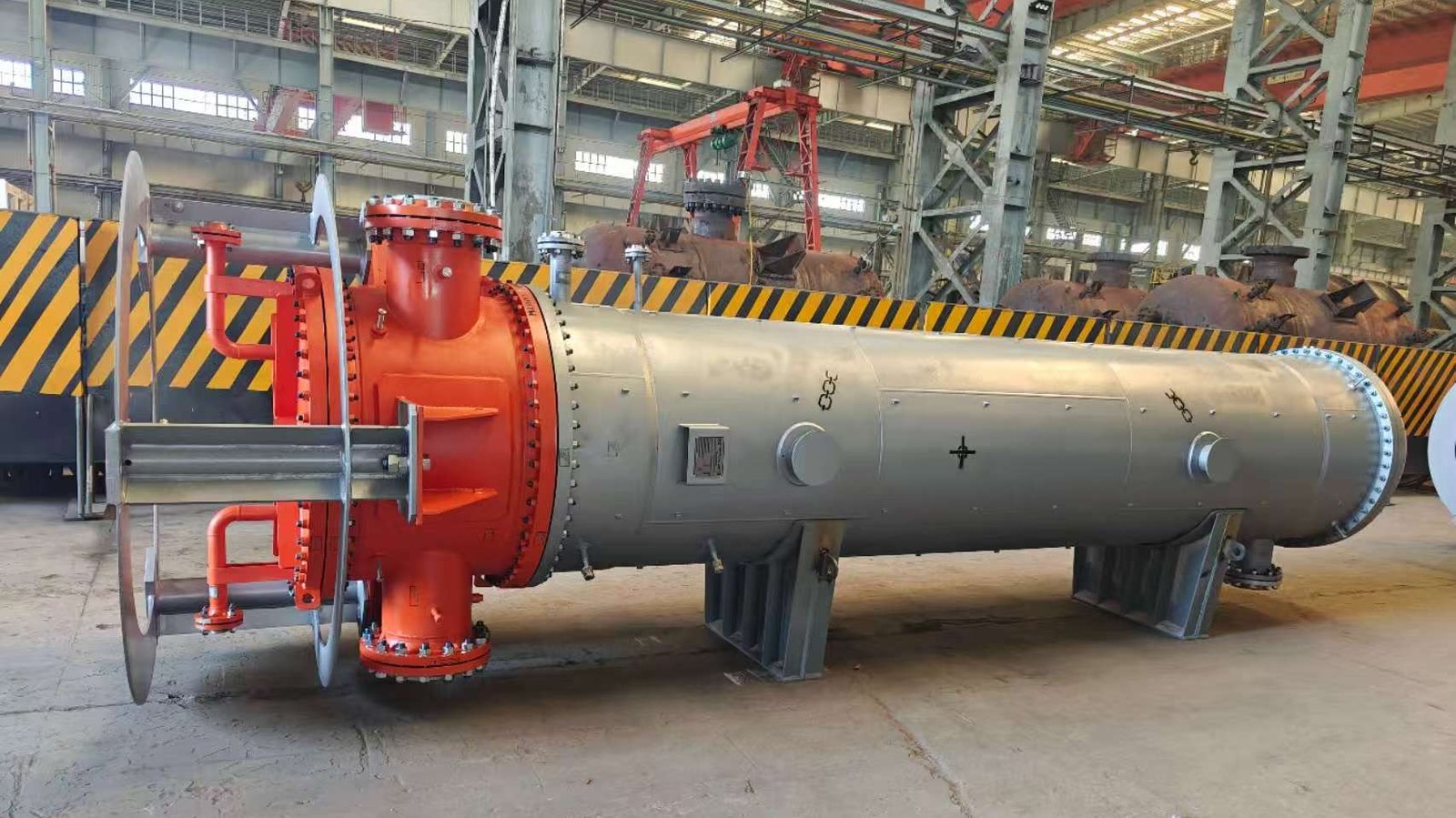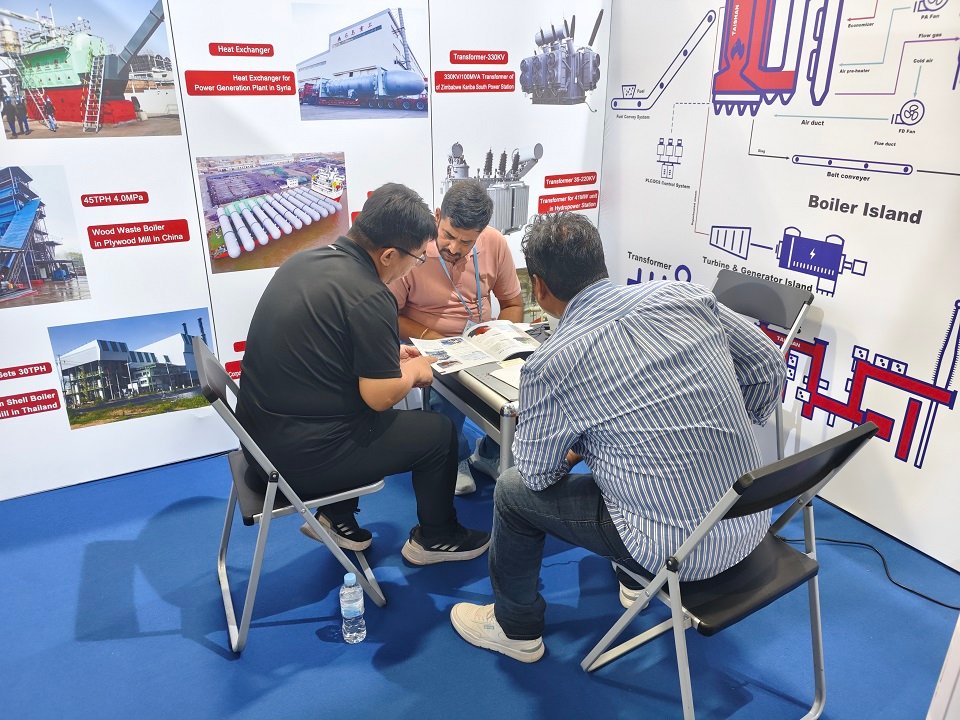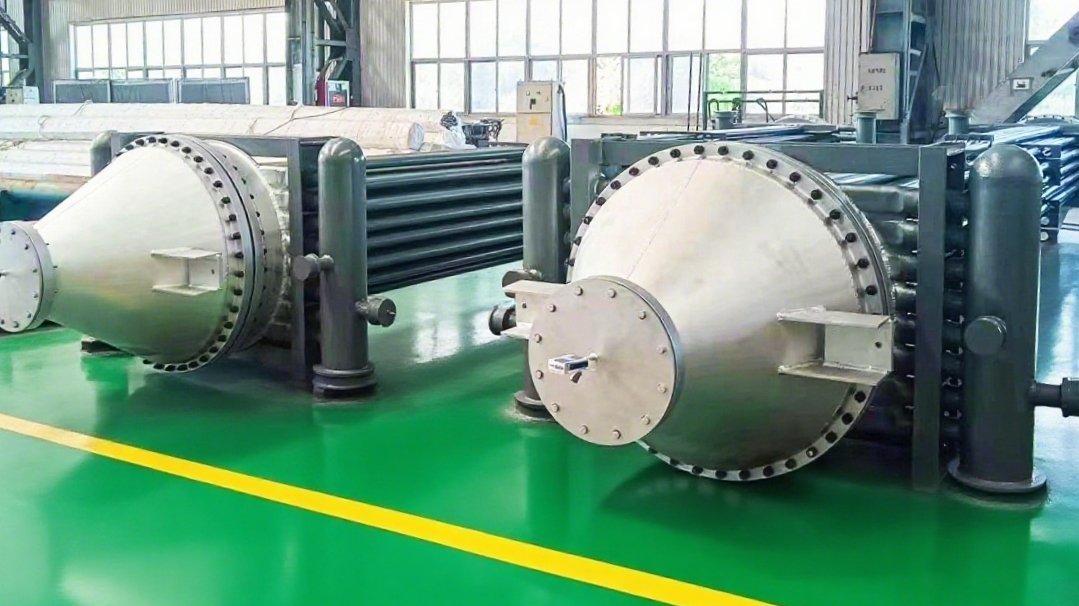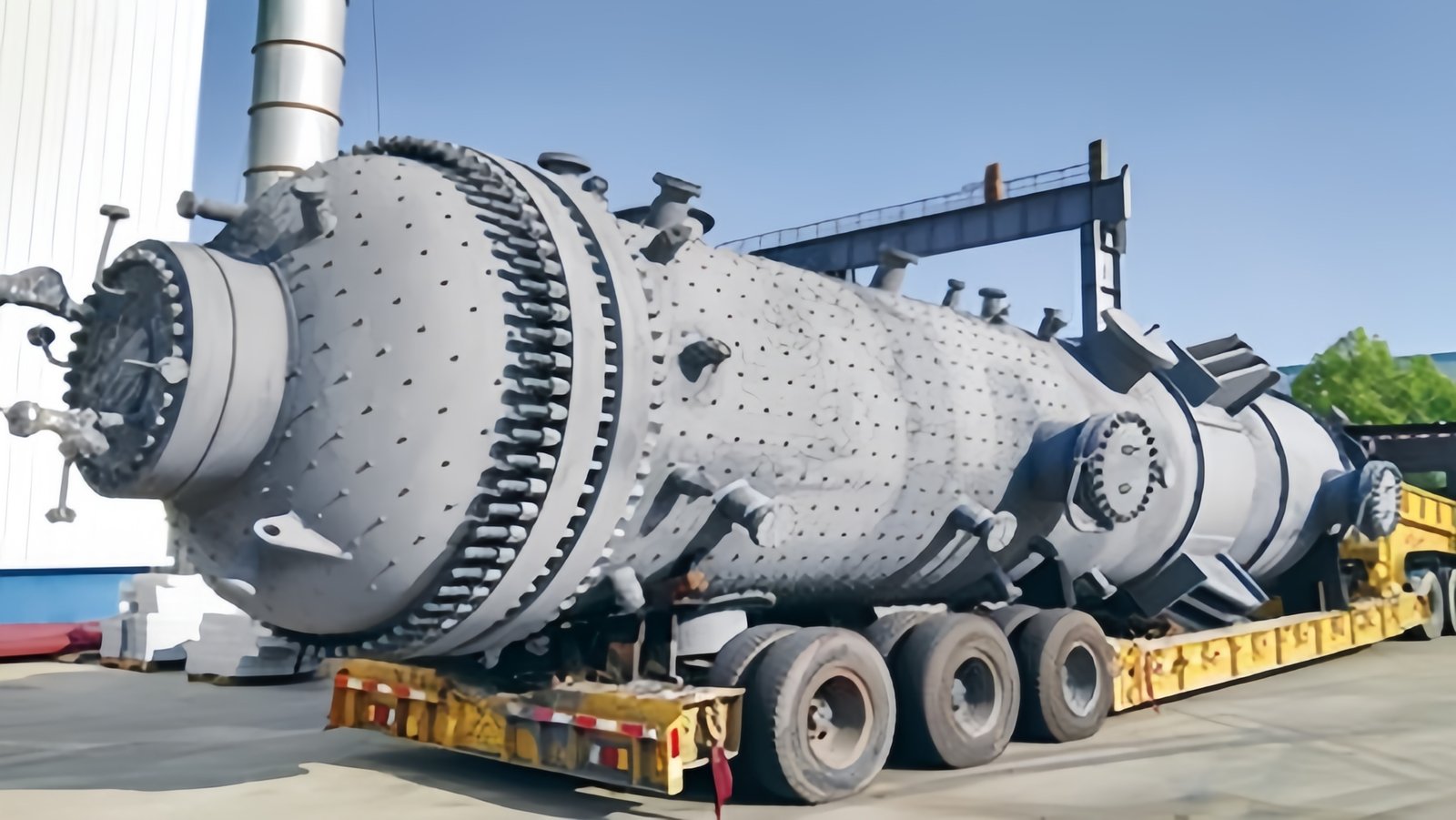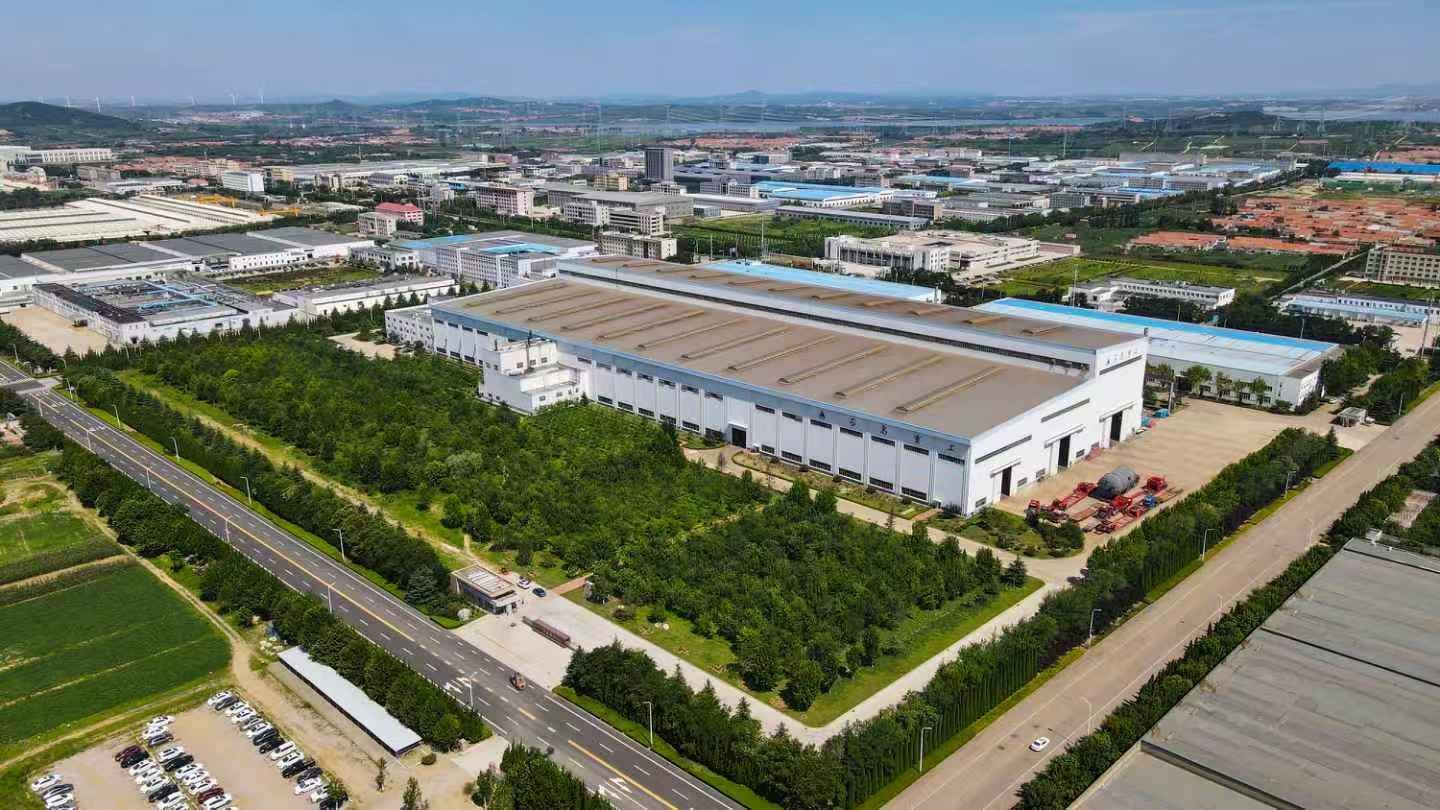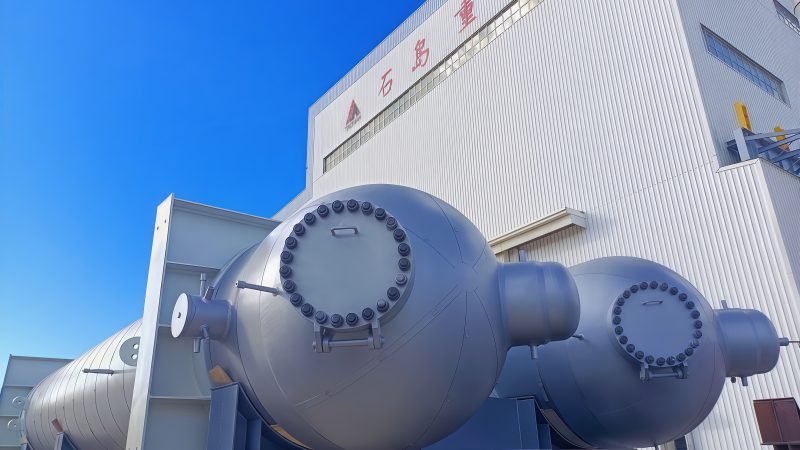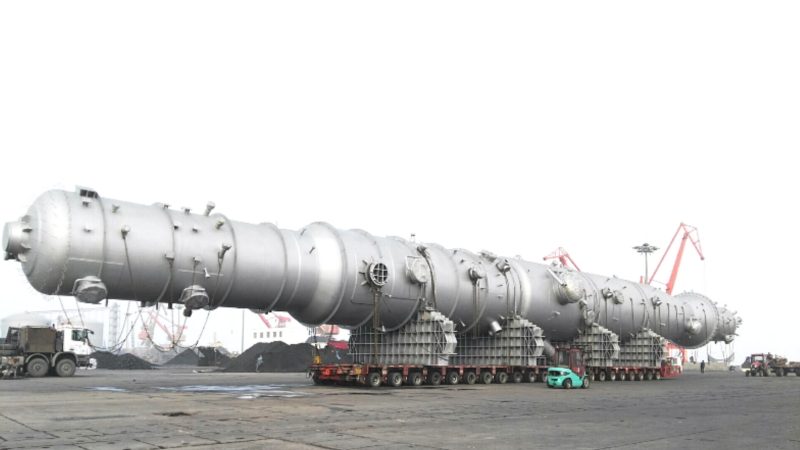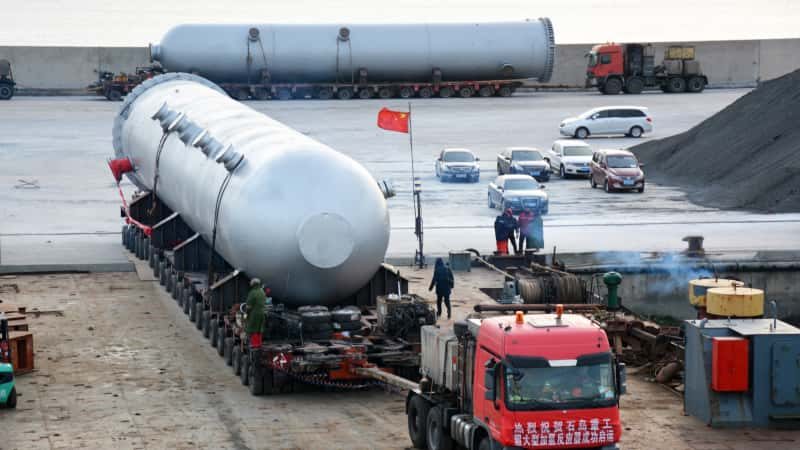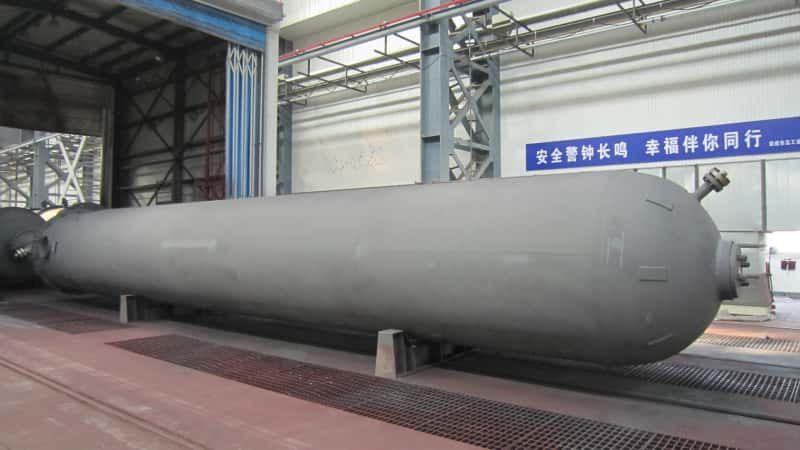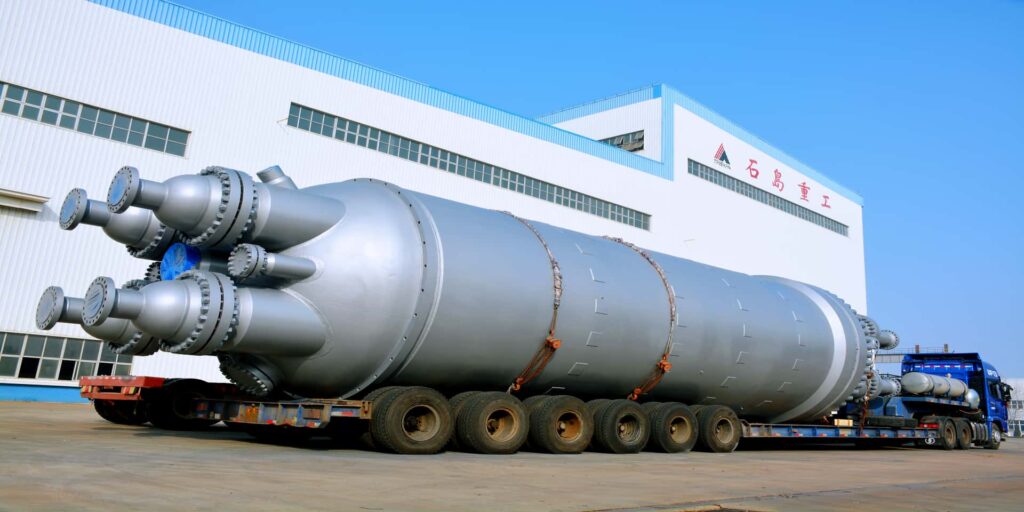
In industrial, chemical, and mechanical engineering environments, a common pain point involves managing substances under high pressure—whether gas, steam, or liquid. Mishandling pressurized substances can lead to disastrous consequences, including catastrophic explosions, severe environmental hazards, and loss of life. This is where pressure vessels step in as critical safety and functional components. Without properly designed and maintained pressure vessels, entire systems could fail, making it imperative for industries to understand their role and function clearly. In this article, we will explore what pressure vessels do, why they are vital, and how they impact system design, safety, and efficiency across various applications.
A pressure vessel’s primary function is to contain gases or liquids at a pressure substantially different from the ambient pressure, enabling controlled storage, transport, and reaction processes within industrial systems.
If you’re involved in plant design, process engineering, or industrial manufacturing, you must understand why pressure vessels are the cornerstone of high-pressure system infrastructure. Let’s explore the deeper layers of how they operate and contribute to system safety and efficiency.
\
Pressure vessels are used to store fluids at pressures different from atmospheric pressure.True
Pressure vessels are engineered to hold gases or liquids at a pressure substantially higher or lower than ambient pressure, allowing processes such as chemical reactions, energy storage, and distribution to take place safely and efficiently.
Understanding the Core Functionality of Pressure Vessels
Pressure vessels are engineered containers designed to withstand internal or external pressure differentials. These containers must meet strict design, manufacturing, and testing standards due to the inherent danger of pressurized contents. Common applications include boilers, chemical reactors, compressed air tanks, and gas storage systems. Their effectiveness stems from their ability to safely isolate and manage pressurized substances in various industrial processes.
The three main categories of pressure vessels are:
| Type | Description |
|---|---|
| Storage Vessels | Store compressed gases or liquids such as propane, ammonia, or air |
| Heat Exchangers | Facilitate heat transfer between two fluids at different pressures |
| Process Vessels | Used in chemical reactions and separation processes under controlled conditions |
Their structural integrity is defined by parameters such as:
- Wall thickness
- Shell and head shape (e.g., cylindrical, spherical)
- Material selection (steel, titanium, composites)
- Design pressure and temperature
Below is a basic schematic chart of pressure vessel classifications based on shape and application:
| Shape | Typical Use | Advantages |
|---|---|---|
| Cylindrical | Boilers, storage tanks | Easier fabrication, cost-effective |
| Spherical | Gas storage (LPG, LNG) | Uniform stress distribution, high pressure |
| Rectangular | Special process vessels | Customizable geometry |
Engineering Design Criteria for Pressure Vessels
The design of a pressure vessel is governed by international codes and standards such as ASME Section VIII (USA), EN 13445 (Europe), and PED (EU). These standards specify how to calculate wall thickness, select materials, inspect welds, and ensure safety.
Key Design Parameters
- Maximum Allowable Working Pressure (MAWP): The maximum pressure the vessel is rated to handle.
- Design Temperature: The operating temperature range that the material and welds must endure.
- Corrosion Allowance: Extra wall thickness to account for material degradation over time.
- Stress Analysis: Using finite element analysis (FEA) to simulate pressure loading and identify weak points.
Advanced pressure vessels often incorporate cladding materials (e.g., stainless steel over carbon steel) and non-destructive testing (NDT) such as ultrasonic testing, radiography, and hydrostatic testing.
Use Cases and Performance Metrics
Let’s analyze a few real-world examples to showcase the critical role of pressure vessels in industrial settings:
1. Ammonia Storage in Fertilizer Plants
High-pressure spherical vessels store liquid ammonia at around 150 psi. These tanks must resist corrosion from the chemical and maintain structural integrity during seasonal temperature variations.
2. Steam Drum in Power Plants
A horizontal cylindrical drum holds water and steam, managing phase separation at around 1000 psi. Design includes baffle plates and level indicators for process control.
3. LNG Storage
Cryogenic pressure vessels are designed to hold liquefied natural gas at -162°C and 2–3 bar pressure. The insulation and double-walled containment are vital for safety and efficiency.
Risks, Failure Modes, and Mitigation Strategies
Pressure vessels pose potential risks such as:
- Rupture due to overpressure
- Material fatigue or stress corrosion cracking
- Improper welding or design flaws
- Thermal cycling-induced degradation
To mitigate these, comprehensive lifecycle practices are implemented:
| Strategy | Description |
|---|---|
| Regular Inspection | Visual, ultrasonic, and radiographic testing |
| Pressure Relief Devices | Valves and rupture discs to prevent overpressure |
| Maintenance Logs & Audits | Tracking usage cycles, repairs, and pressure logs |
| Third-Party Certification | Complies with ASME or PED design codes |
Advanced software tools such as ANSYS, SolidWorks Simulation, and HTRI are used for pressure vessel design validation.
Material Science Behind Pressure Vessels
The selection of appropriate materials is crucial for ensuring the mechanical properties withstand the intended pressure and temperature ranges.
Commonly Used Materials
| Material | Properties | Applications |
|---|---|---|
| Carbon Steel | Cost-effective, moderate corrosion resistance | Water tanks, air receivers |
| Stainless Steel | High corrosion resistance | Food, pharma, chemical reactors |
| Titanium Alloys | Excellent strength-to-weight ratio, corrosion resistant | Seawater desalination, nuclear systems |
| Nickel Alloys (Inconel) | High-temperature resistance | Petrochemical heat exchangers |
In environments involving aggressive chemicals, composite pressure vessels made of carbon fiber and epoxy resins are emerging due to their lightweight and high-pressure handling capabilities.
Codes, Certifications, and Compliance
Pressure vessels must comply with:
- ASME Boiler and Pressure Vessel Code (BPVC)
- PED (Pressure Equipment Directive)
- API Standards (e.g., API 510)
- National Board Inspection Code (NBIC)
Designers and manufacturers are required to document:
- Design Calculations
- Welding Procedure Specifications (WPS)
- Material Test Reports (MTR)
- Hydrostatic Test Reports
Innovations in Pressure Vessel Technology
With advancements in Industry 4.0 and AI-driven diagnostics, modern pressure vessels are evolving. Smart sensors embedded in vessel walls now provide real-time data on pressure, temperature, stress points, and even microcracks.
Machine learning algorithms can predict failure before it occurs, extending the lifespan of vessels and reducing downtime.
Summary
Pressure vessels serve a vital role in modern industrial infrastructure by enabling the safe containment, transfer, and transformation of pressurized fluids. Whether in petrochemical plants, energy facilities, or pharmaceutical reactors, their correct design, material choice, and ongoing maintenance are critical to operational safety and efficiency.
Get In Touch
If you are designing or procuring pressure vessels and need expert advice or custom manufacturing solutions, contact our professional engineering team. We offer design, certification, testing, and fabrication services for a wide range of pressure vessel applications. Let’s build safer and smarter systems together—reach out today!



